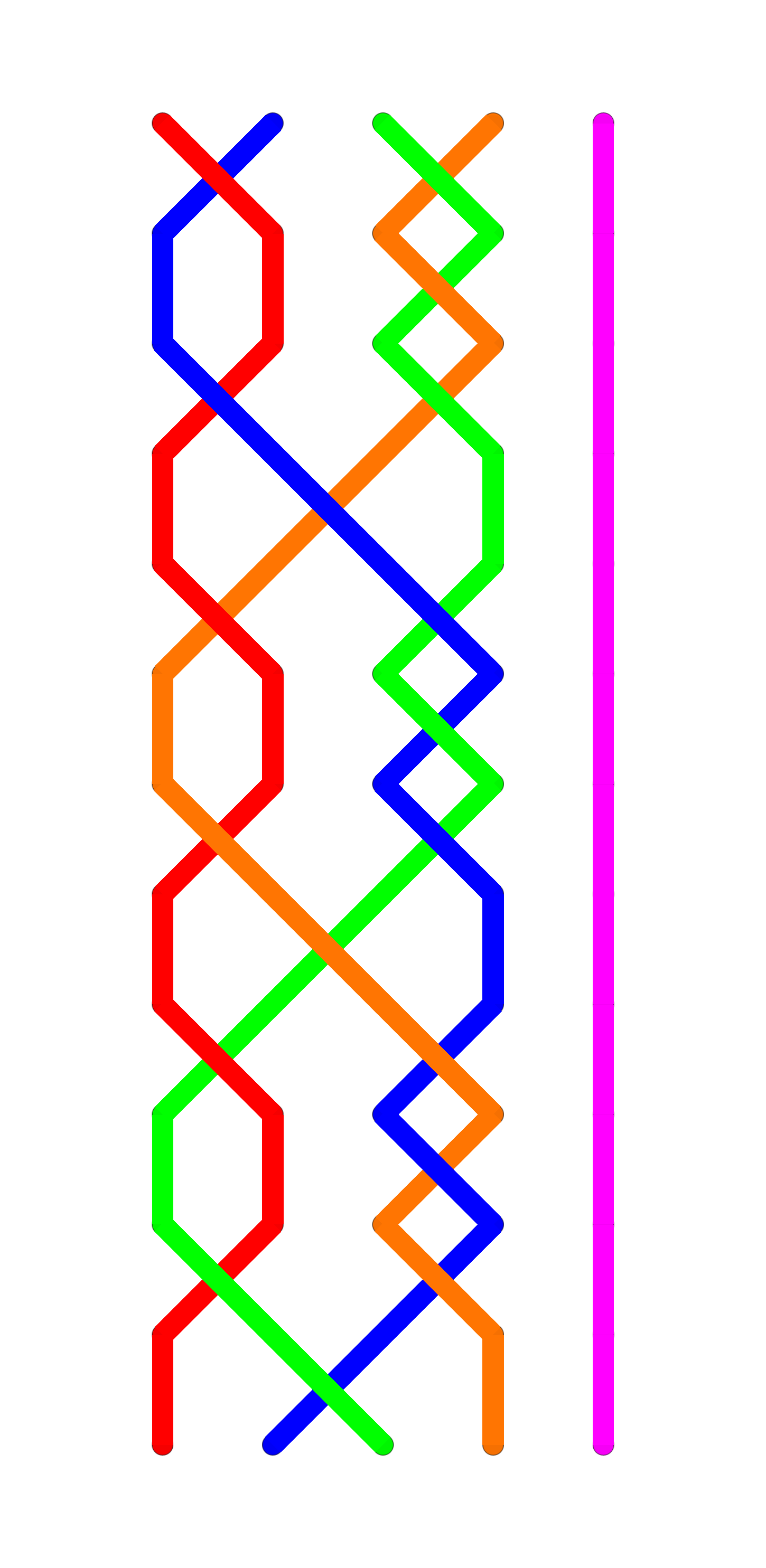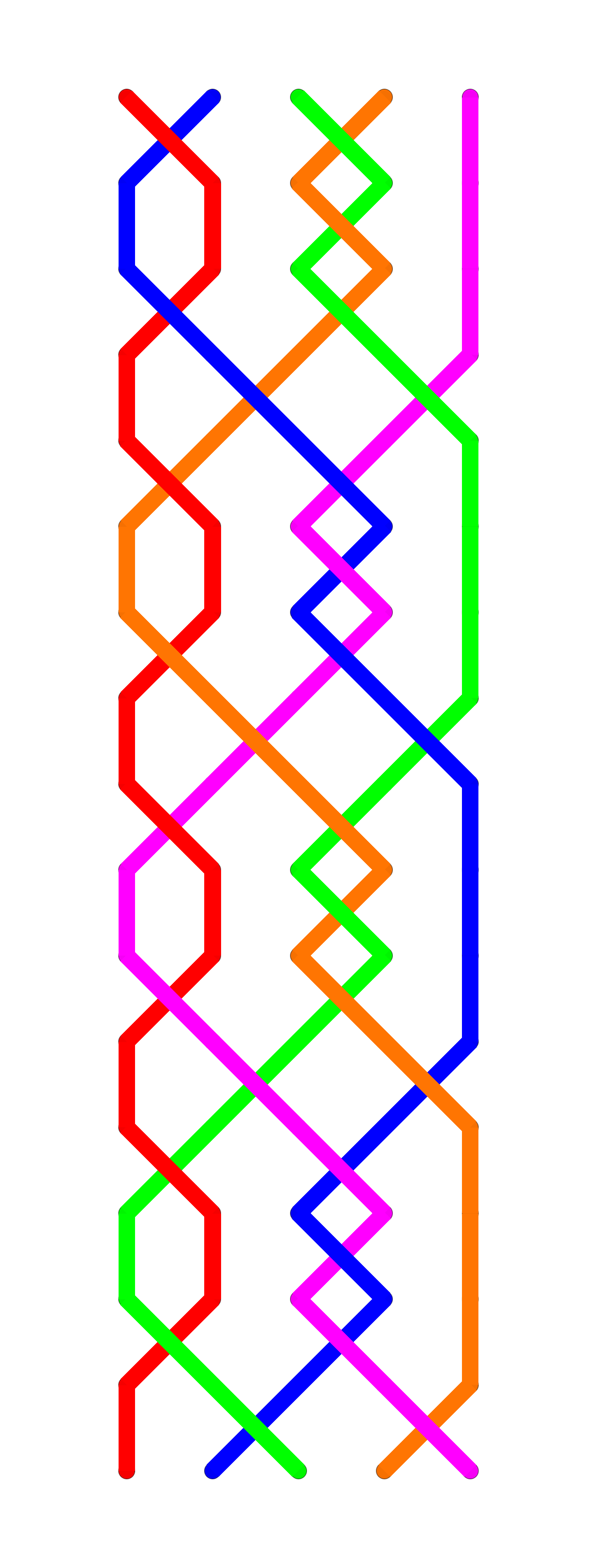Introducing Plain Bob Doubles in easy stages
When learning Plain Bob Doubles as the first method, a ringer often finds that being able to recall the four leads of the plain course whilst ringing is too much. By using short learning methods to introduce the various different pieces of work in Plain Bob Doubles the ringer does not have to be able to recall the whole forty changes of the plain course initially.
Shorter methods make the whole task of learning a plain course less daunting. They can often be learned over a very short period of time, sometimes in one practice session, leading to a sense of achievement and confidence in ability to understand and recall the method. They also provide variety for the supporting ringers.

Bastow Minimus

Bistow Doubles

Wotsit

Doodah
Bastow Little Bob Minimus
This is very short, being only twelve changes long, making it easy to memorise. It is very simple and provides an excellent introduction to method ringing. The order of work for the working bells is dodge 3/4 up and dodge 3/4 down.
The ringer can usually ring this straight off if they have been familiar with looking at blue lines when learning to hunt and they can frequently perfect it within a few sessions. It may take as little as one practice to master and move on.
This method is also straight forward for the supporting ringers to learn. Only two other method ringers are required! If ringing on 6 bells, the 5 has to cover to just three working bells as the treble only makes seconds throughout. The tenor ringer can follow the 5 and practise ringing at the end of the change.
Bistow Little Bob Doubles
This short method is sixteen changes long and includes a third piece of work from the plain course, long fifths [four blows behind]. As with Plain Bob Doubles the bell ringing long fifths rings over the two bells dodging in 3/4. A ringer is likely to be familiar with this technique if they have previously learned to cover to a pair of bells dodging in earlier skills building exercises.
Wotsit
Wotsit is a short method devised by the Whiting Society. It is 18 changes long.
The working bells (2, 3 and 4) dodge 3/4 up, 3/4 down and make seconds. The treble hunts to thirds place and back to the front, whilst the 5 makes alternate fourths and long fifths over each pair of bells in turn as they dodge in 3/4.
Doodah
Doodah is another short teaching method devised by the Whiting Society.
The 2 makes seconds and long fifths alternately. The 3 and the 4 dodge 3/4 up, make long fifths and dodge 3/4 down. The treble hunts to fourth place and back to the front.
Within these four short methods there is an opportunity for the ringer to familiarise themselves with the four pieces of work in a plain course of Plain Bob Doubles.
Teaching Tip
These short teaching methods should be explained in the tower before the ringer takes hold to ring. Going through them with the ringer will help them to understand how a blue line can help them to learn a method. However, once this concept is understood the ringer should be encouraged to learn methods out of the tower, before arriving at practice.

Direct your ringers to this SmART Ringer resource where they can learn more about these and other stepping stone methods.
Pip Penney